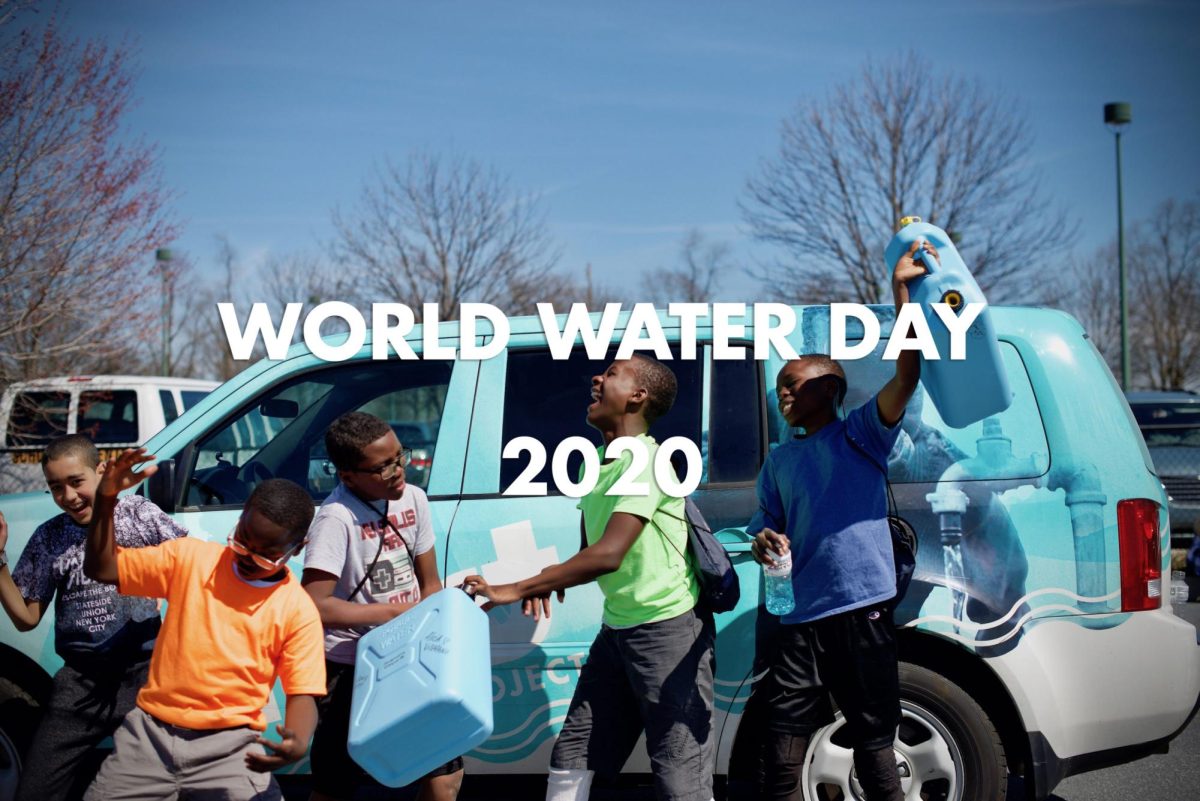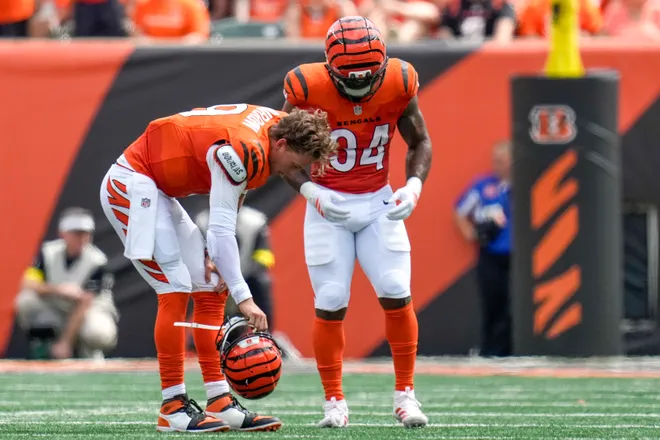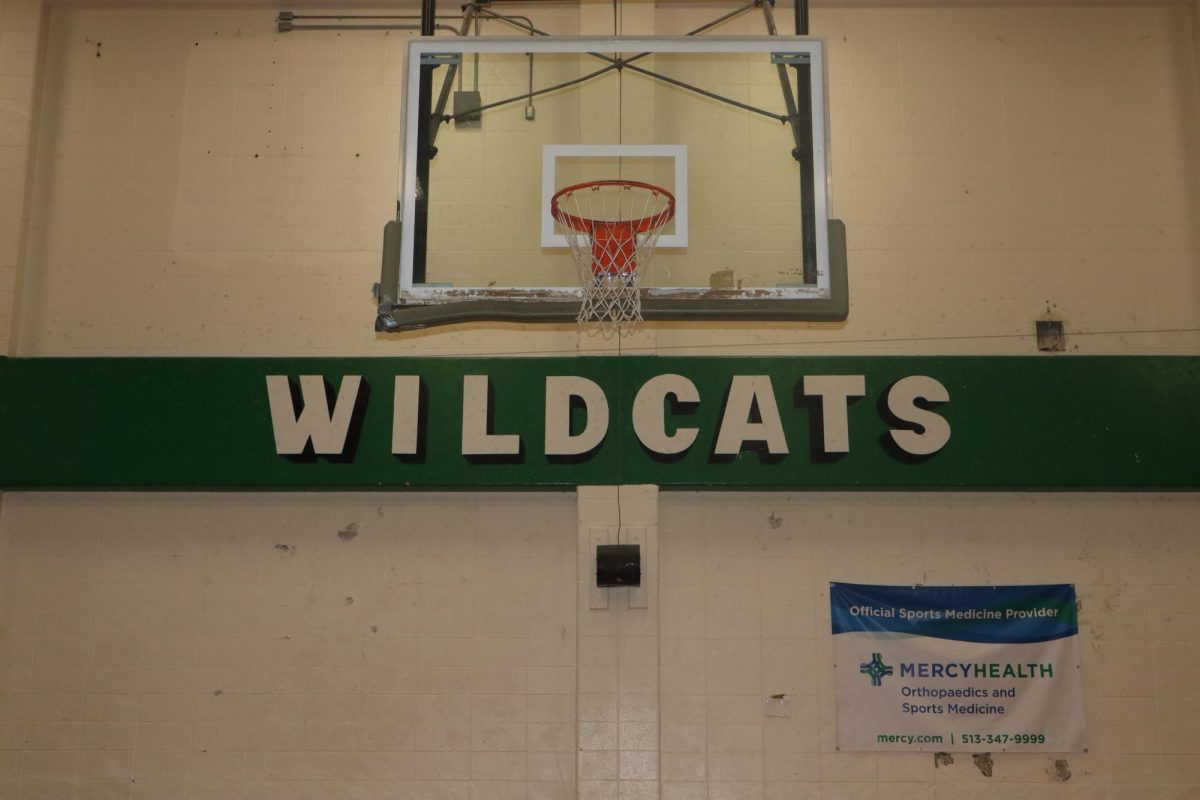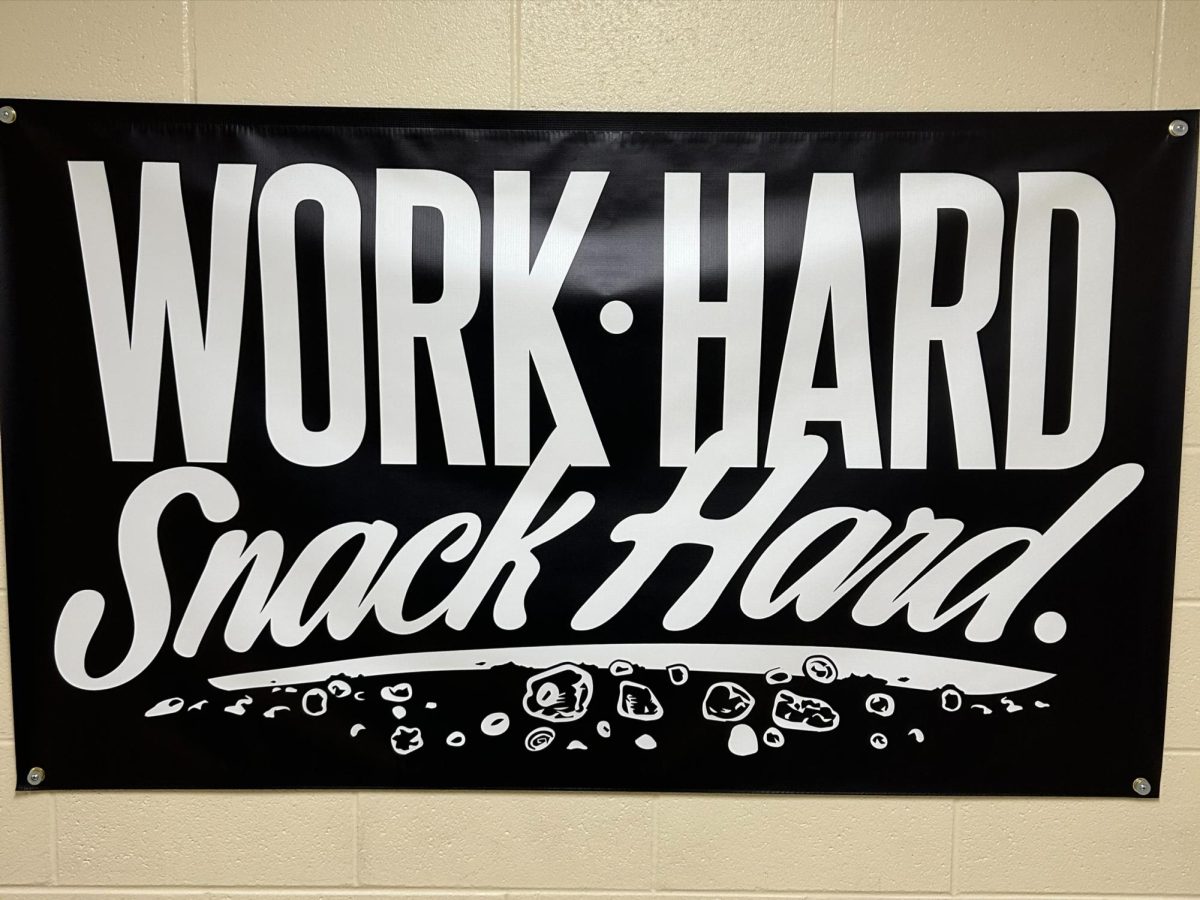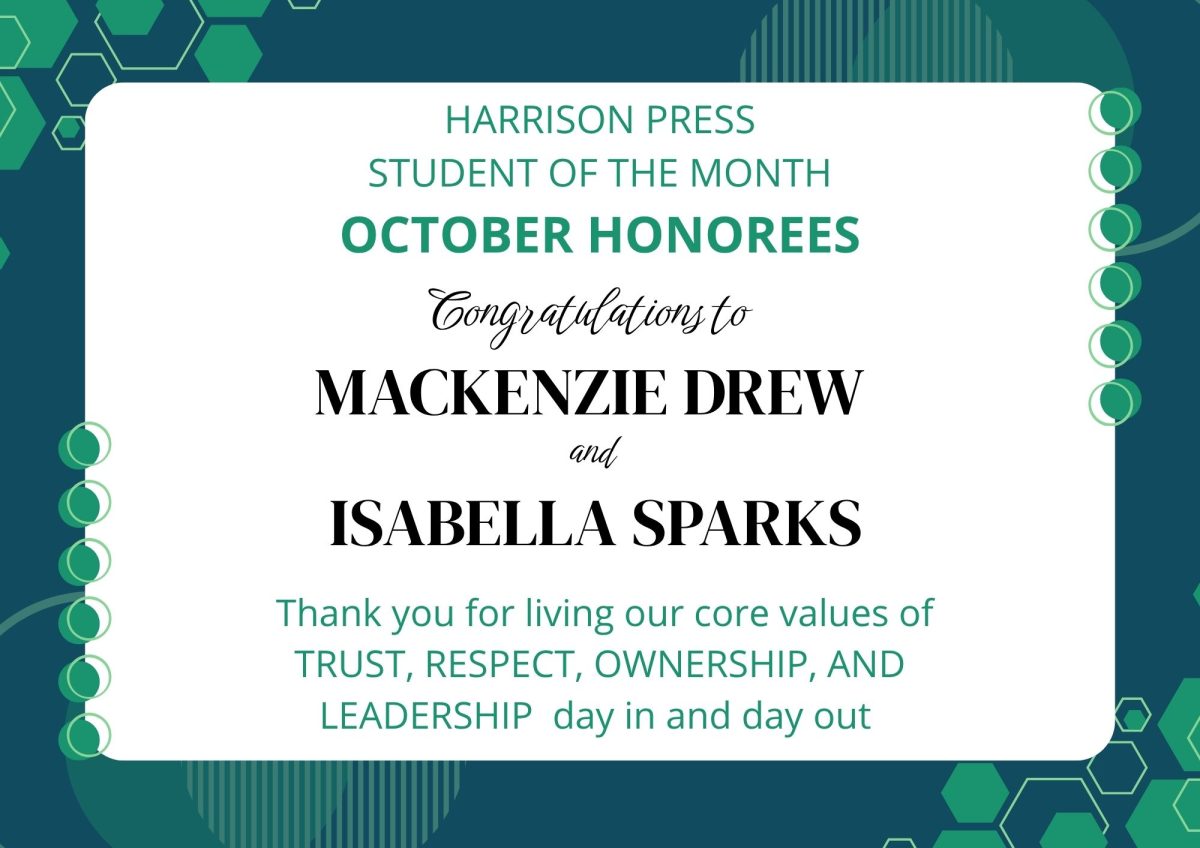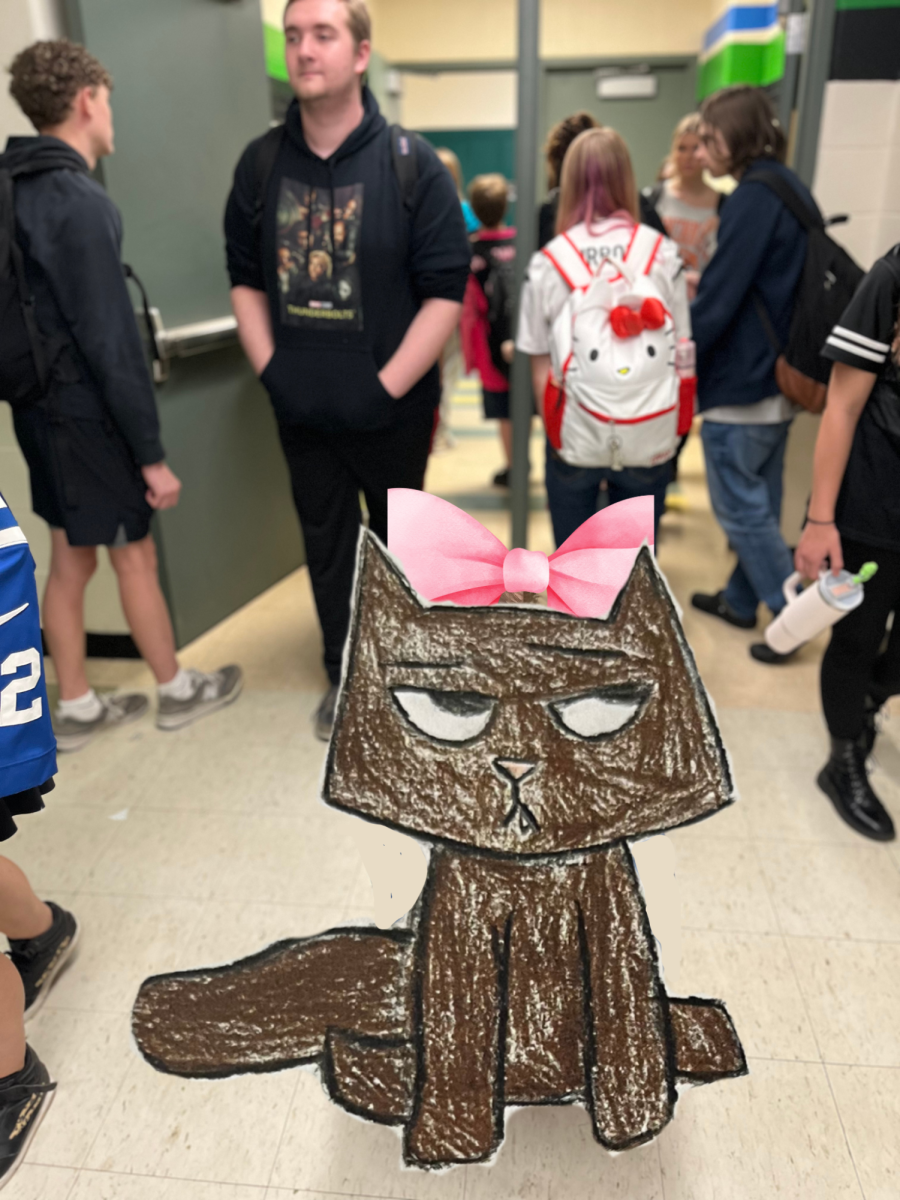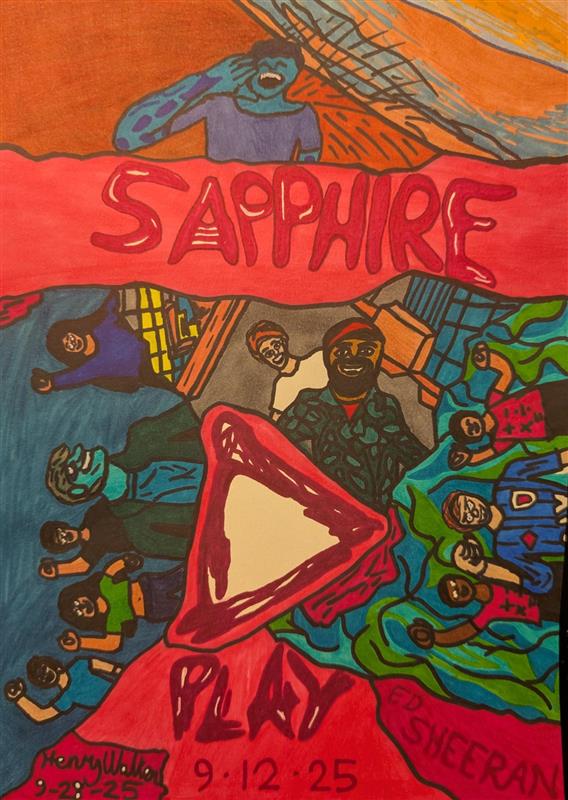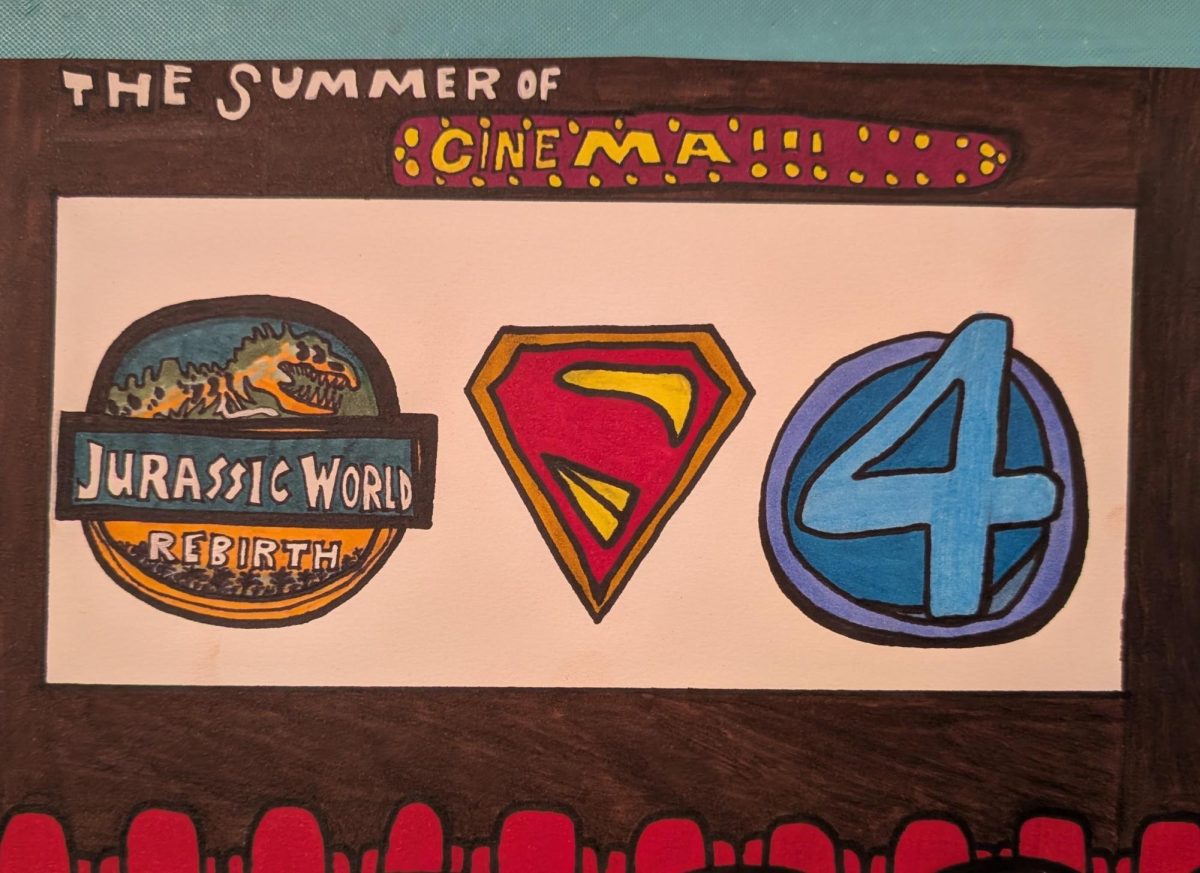Tuesday, May 9th, the city of Harrison was included into a tornado outbreak that swept Indiana and Michigan. We felt the heavy blow of the tornado through two tornado warnings being issued, along with lots of storms and heavy wind. But what happened?
There were no confirmed tornadoes that touched down in or near Harrison, despite the warnings. Overall, there were 44 reports of tornadoes happening across 6 states, the strongest being four EF2’s (Enhanced Fujita Scale 2) that touched down in Ohio, West Virginia, and Arkansas. Luckily due to the strong and impactful looking storm on radar, the only significant damage Hamilton County experienced was flooding and strong wind.

Pictured above is the storm system going over Harrison that triggered the tornado warning. There are two main facets of this storm that are important to understand when supercells (strong storms that produce the ingredients for a tornado) like this are happening. The first is circled in white, and that is a hook, or a “hook echo.” On radar, this indicates to storm reporters that a significant amount of rotation is happening on the storm, and that is indicating of a tornado on radar. These kinds of radar images can create what’s called a “radar indicated tornado.”
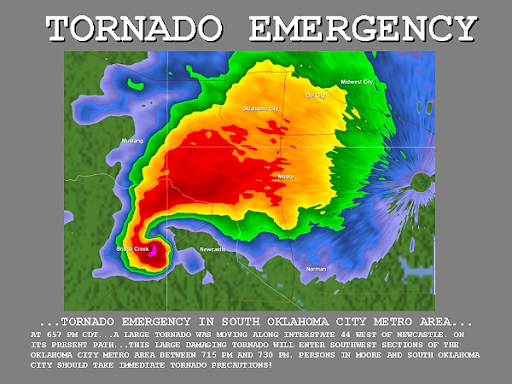
This is what a strong radar indicated tornado looks like, with a clear definition of that hook echo. That is from the Bridecreek/Moore 1999 F5 tornado, recording the strongest winds ever on earth at 299 miles per hour. While that was thankfully not the storm that went over Harrison, that was certainly worrying for those at the National Weather Service in Wilmington, so they made it a tornado warned storm.
Now why did no tornadoes happen? Circled in black, there was what is called an “outflow boundary.” For a tornado to happen, there are so many small functions and bits of chemistry that has to happen in the atmosphere. That is why there are so little tornadoes that happen, and why the ones that do happen are significantly weak. And in our case, one thing stopped ours from dropping a tornado.
The outflow boundary stopped intake of air to the storm, meaning that a needed ingredient to drop a tornado did not happen. To have a tornado, you need air coming in and out of a storm to cause the right rotation. This is why a tornado emergency was not issued for Harrison, as Harrison is a large enough town that if a tornado was about to hit it, a tornado emergency would be issued. This eventually led to the issue expiring, and no tornado happening.
However, there was still significant wind and rain that occurred, because even if a storm can’t produce a tornado, it can still be severe and cause flooding. That did happen in Harrison, and the effects are still being felt.
Harrison was included in the tornado warning, leaving many citizens in Harrison wondering if a tornado would hit the town. English teacher Tricia Evanson says when the tornado warning went off, her initial reaction was that she “was grumpy, because I was close to being asleep when it occurred.” Many citizens were rightfully worried but the overall outcome was not bad. When I asked Casey Bertsch the same question he said “I was playing Red Dead Redemption 2 when I got a text from my trusted associate Grady Thompson asking if I was okay, which led to confusion to what he was talking about. Grady’s explanation turned to me figuring out there was a tornado, then I went outside.” Seeking shelter in a basement or interior room is the recommended course of action during a tornado warning, even if the temptation to go and check things out can be very strong.
Storms, severe wind, and flooding was the most Harrison got on that stormy night. As the spring season continues, it’s important for all to be conscious of what happens in our skies, as something bad can happen in the span of one day and become deadly. But don’t be scared of the weather! Be prepared, having a safe place like an interior closet or basement to go to in the event of a tornado. Being prepared is the safest thing to do in that case.

